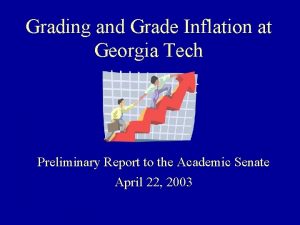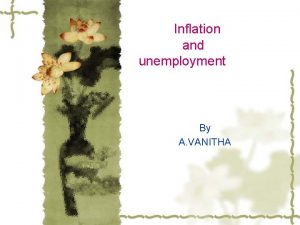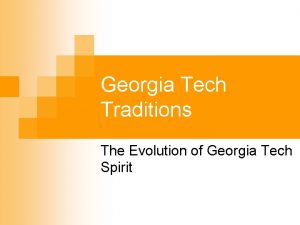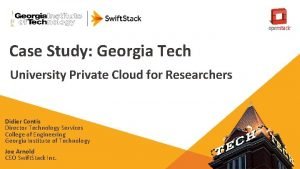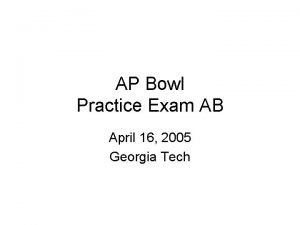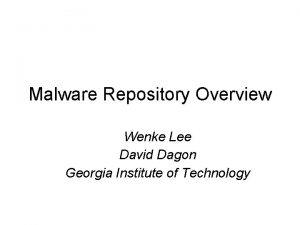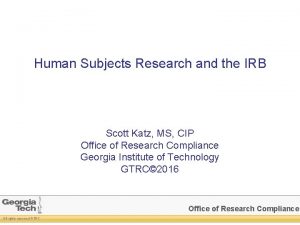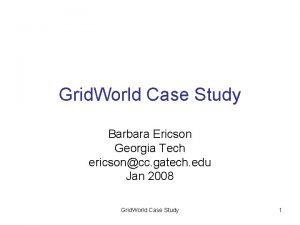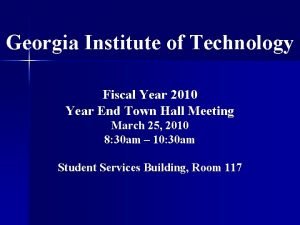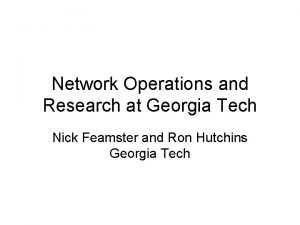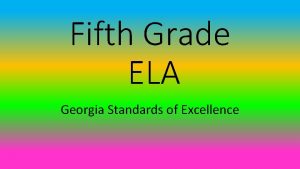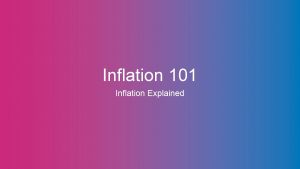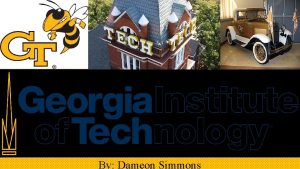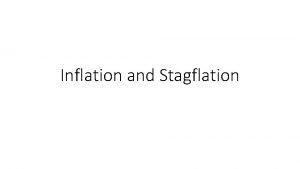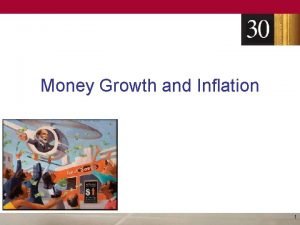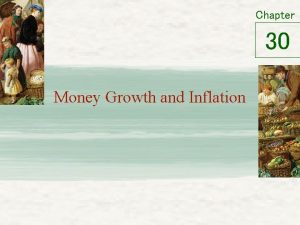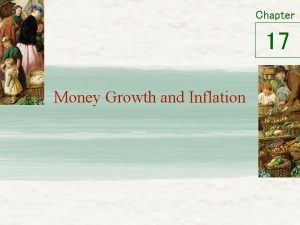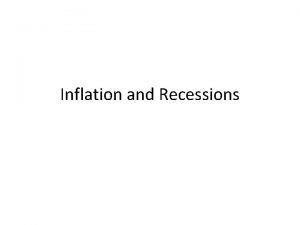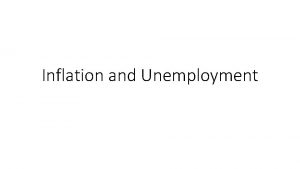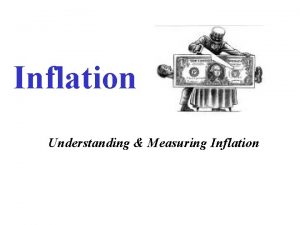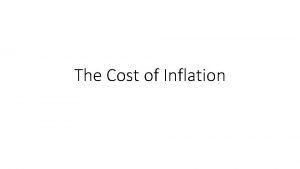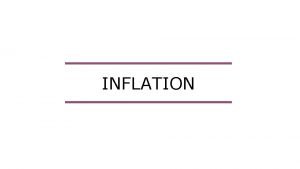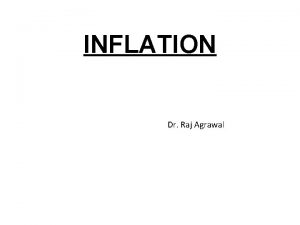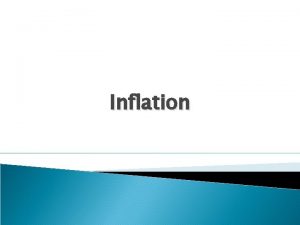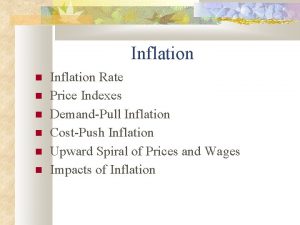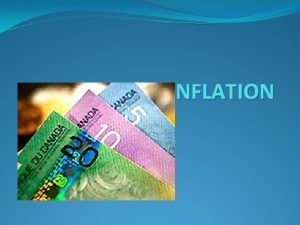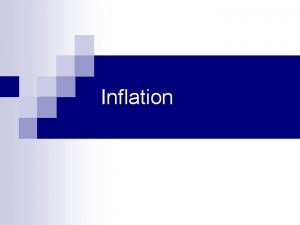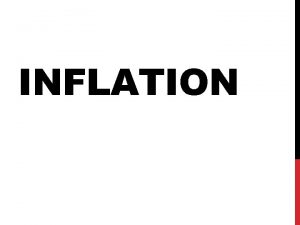Grading and Grade Inflation at Georgia Tech Preliminary


























- Slides: 26

Grading and Grade Inflation at Georgia Tech Preliminary Report to the Academic Senate April 22, 2003

Grade Inflation Defined The upward shift in the grade point average (GPA) of students over an extended period of time without a corresponding increase in student achievement. Goldman, L. 1985. “The Betrayal of the Gatekeepers: Grade Inflation. ” Journal of General Education 37 (2): 97 -121

Methodology • Extensive study of literature • Survey of peers and other institutions of higher education • Statistical analysis of Georgia Tech data – Focus on undergraduate level only – Historic perspective – In-depth study of last 10 years by department

Georgia Tech’s Peer Institutions • • • Cal. Tech Carnegie-Mellon Cornell Johns Hopkins MIT Northwestern Stanford NC State Penn State Purdue • • • Texas A & M UC-Berkeley UCLA Florida Illinois-Urbana Michigan Minnesota Texas Washington Virginia Tech

Other Institutions Reviewed • University of Arizona • University of North Carolina. Chapel Hill • Harvard University • Louisiana State University • Hood College

Peer Review • Surveyed 10 peers for recent grade inflation studies at their own institutions • Compiled grading definitions, including the use of plus/minus systems, at all 20 peers • Review of grade inflation studies at other institutions, most notably UNC-Chapel Hill and Harvard

Of the 10 Peers Surveyed… • Five had conducted studies on grading and grade inflation • These five “studies” ranged from the effects of a plus/minus grading system to charts showing SAT score plotted against GPA • Interesting responses from Berkeley and MIT regarding need to do such studies

Grade Definitions at Peers • Most use 4. 0 scale • Standard: A = Excellent, B=Good, C=Satisfactory, D=Poor/Passing, F=Failure • Cal. Tech and MIT use Pass/Fail in freshman year • 14 peers use some form of plus/minus grading system

Cause for Alarm? • At Princeton, the median GPA for the class of 1973 was 3. 09; in 2000 it was 3. 36 • At Dartmouth, the average GPA has risen from 2. 70 to 3. 33 from 1967 to 2001 • At Harvard, over the last three years, more than 50% of the grades awarded have been A’s • At Georgia Tech, the average overall GPA in Fall 1985 was 2. 59; last Fall, it was 2. 86

Georgia Tech GPA

GT vs. Other Institutions

Harvard’s Solution: Policy Change • 15 -point grading scale became the more common 4 -point scale • Honor degrees will be awarded to a limited percentage of each graduating class (20% summa cum laude and magna cum laude combined and 50% overall)

Where Does Georgia Tech Stand: Student Expectations

Input Dynamics: High School GPA and Admissions Index


Incoming Student Performance

Impact of Instructor Tenure Status Fall 1999 Lower Division Upper Division Total A B C D F Not Tenured/ Not Tenure Track 31. 82% 32. 75% 21. 71% 7. 73% 6. 00% Tenure Track 33. 46% 35. 91% 20. 60% 5. 58% 4. 44% Tenured 29. 00% 32. 36% 25. 32% 7. 73% 5. 59% Not Tenured/ Not Tenure Track 46. 72% 31. 94% 14. 33% 4. 39% 2. 61% Tenure Track 40. 10% 36. 18% 15. 87% 4. 18% 3. 67% Tenured 36. 45% 34. 54% 20. 93% 5. 31% 2. 78% 33. 86% 33. 28% 21. 47% 6. 65% 4. 74% A B C D F Not Tenured/ Not Tenure Track 34. 59% 33. 38% 19. 86% 6. 90% 5. 27% Tenure Track 33. 30% 32. 65% 22. 75% 6. 76% 4. 54% Tenured 31. 08% 34. 63% 23. 55% 6. 46% 4. 28% Not Tenured/ Not Tenure Track 45. 84% 36. 62% 13. 00% 2. 71% 1. 83% Tenure Track 40. 89% 37. 35% 16. 45% 3. 29% 2. 02% Tenured 41. 83% 34. 45% 16. 99% 4. 13% 2. 60% 36. 93% 34. 46% 19. 16% 5. 55% 3. 90% Fall 2002 Lower Division Upper Division Total





Sources of Grade Inflation • External – – HSGPA SAT Admission Index Proportion of Women • Internal: – Variations by Dept. – Presence of Grade Deflation in Some Units – Impact of Instructors’ Tenure Status

Implications FEEDBACK AND PERFORMANCE ASSESSMENT STUDENTS SCHOOLS ASSESSMENT OF PROSPECTIVE EMPLOYEES EMPLOYERS REPUTATION OF EDUCATIONAL INSTITUTIONS

Mitigation • • • Adoption of more clear and specific grade definitions Adoption of a plus/minus grading system Establishment of a University/Institute average GPA Expanded transcript data Changes to student honors Broad dissemination of grading definitions and policies Training for teaching assistants, adjunct faculty, and tenuretrack faculty Self-calibration of grade distributions External enforcement of grade distributions Standardized testing Changes to student course evaluations

Report Outline • Scope and Definitions • Grading at Georgia Tech – Opinions • Analysis of Peer Institutions • Discussion – Sources – Implications – Remedies • Conclusions and Bibliography

Conclusions? • Statistically, there is grade inflation • Peer comparison does not indicate cause for alarm • Quality of incoming students is increasing • Lower level courses: quality of student experience • Impact of tenure status of the instructors • Non-uniform departmental distribution
 Georgia tech grade inflation
Georgia tech grade inflation Futa cum inflation
Futa cum inflation No tech assistive technology
No tech assistive technology Eog grading scale 1-5
Eog grading scale 1-5 Venture lab georgia tech
Venture lab georgia tech Georgia tech aware home
Georgia tech aware home Ramblin wreck from georgia tech lyrics
Ramblin wreck from georgia tech lyrics Ga tech summer camps
Ga tech summer camps Crecine gatech
Crecine gatech Distance math georgia tech
Distance math georgia tech Case study georgia tech
Case study georgia tech Ap bowl georgia tech answers
Ap bowl georgia tech answers Malware repository
Malware repository Gatech irb
Gatech irb Georgia tech case study
Georgia tech case study Georgia tech project management
Georgia tech project management Georgia tech accounts payable
Georgia tech accounts payable Foloplex
Foloplex Georgia tech osha outreach portal
Georgia tech osha outreach portal Georgia tech operations research
Georgia tech operations research Dana randall
Dana randall Jeff wu georgia tech
Jeff wu georgia tech Leslie chan georgia tech
Leslie chan georgia tech Waterfall and shower approach
Waterfall and shower approach Preliminary cooking and flavoring
Preliminary cooking and flavoring Ns tech grade 6 term 2
Ns tech grade 6 term 2 Georgia kindergarten reading standards
Georgia kindergarten reading standards
